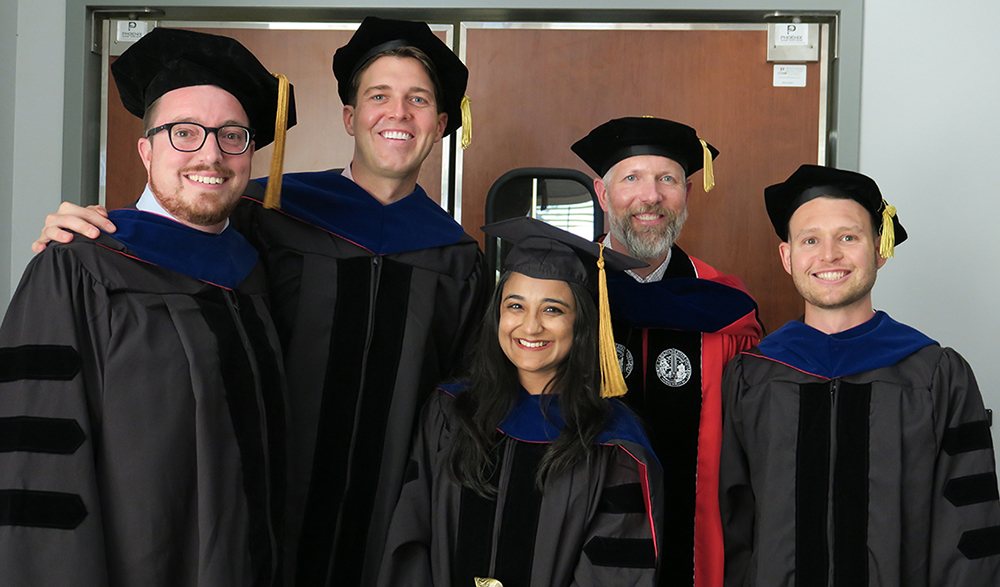Study Highlights How Little We Know About Women Terrorists

The first large-scale research project evaluating the characteristics of women involved in jihadism-inspired terrorism finds significant differences between men and women in both their backgrounds and their roles within terrorist groups. The study, led by NC State psychologists, highlights potential flaws in existing models of radicalization, threat assessment tools and counter-terrorism strategies – all of which rely primarily on data regarding male terrorists.
“There has only been one other large-scale study to evaluate the characteristics of women terrorists, and none that have looked exclusively at women in jihadism-inspired terrorist groups,” says Christine Brugh, lead author of a paper on the work and a doctoral student in psychology at NC State. “There have been no previous, large-scale studies to look at the roles women play in terrorist organizations.”
For the study, researchers drew on data from the Western Jihadism Project, based at Brandeis University, which collects data on terrorists associated with Al-Qaeda-inspired organizations. The researchers conducted comparative analyses of 272 women and 266 men, who were matched to control for variables such as ethnicity, nation of residence and age at radicalization.
There were significant differences in background for men and women. For example, only 2 percent of women had a criminal background before radicalization, compared to 19 percent of men. And while about 14 percent of men had no profession in the six months preceding their affiliation with a terrorist group, almost 42 percent of women were unemployed during the same timeframe.
“The data also suggests that terrorist organizations may be increasingly recruiting women,” says Sarah Desmarais, an associate professor of psychology at NC State and co-author of the paper. “For example, 34 percent of the women in our sample were born after 1990, while only 15 percent of men were born after 1990. Since we were able to control for age at radicalization, this suggests an increase in women’s involvement in terrorist groups.”
The research also highlighted different roles for women in terrorist action.
“Women were less likely than men to be involved in planning or carrying out terrorist attacks,” Brugh says. “Only 52 percent of the women were involved in plots, compared to 76 percent of men.”
“In many ways, the roles of the women in these terrorist groups are consistent with traditional gender norms,” Desmarais says. “The women were more likely to play behind-the-scenes roles aimed at supporting the organization.”
“The fact that these differences are so obvious – but that no one had found them before – suggests that we are just scratching the surface,” Brugh says. “We need to see what, if anything, sets these people apart from their counterparts in the general population. Are there relevant variables that could inform threat assessments or models of radicalization?
“It would also be good to see if there are similar patterns in other types of terrorism. Are the differences we found in this study particular to jihadism-inspired groups? In short, there is a lot of work to be done in this field.”
The paper, “Gender in the Jihad: Characteristics and Outcomes among Women and Men Involved in Jihadism-Inspired Terrorism,” is published in the Journal of Threat Assessment and Management. The paper was co-authored by Joseph Simons-Rudolph, a teaching assistant professor of psychology at NC State; and Samantha Zottola, a doctoral student in psychology at NC State.
The work was done with support from the Laboratory for Analytic Sciences, a National Security Agency-funded research center based at NC State.
- Categories:


